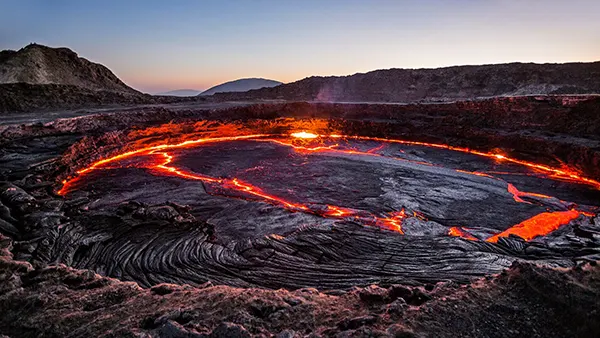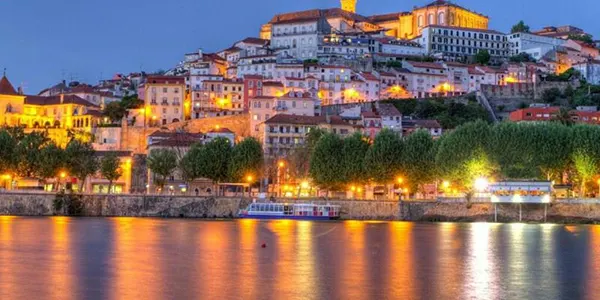
Sarajevo – the Balkan Istanbul, Where Religions and Eras Meet
Sarajevo, the capital of Bosnia and Herzegovina, remains one of the most culturally rich and historically layered cities in Europe. Often referred to as the “Balkan Istanbul”, Sarajevo offers a rare coexistence of Eastern and Western traditions. This city bears witness to centuries of interwoven civilisations, where mosques, synagogues, churches, and Austro-Hungarian buildings peacefully line the same streets.
The Crossroads of Empires
For over five centuries, Sarajevo has served as a symbolic intersection between East and West. The city was shaped by the Ottoman Empire, which left an indelible Islamic imprint on its culture, urban design, and spiritual life. Minarets, bazaars, and hammams echo Turkish influence to this day.
Following the Ottoman era, Sarajevo fell under Austro-Hungarian rule in the late 19th century. This period brought modern European architecture and infrastructure to the cityscape. The combination of oriental bazaars and Baroque façades offers a unique visual and historical contrast.
Each layer of empire not only shaped Sarajevo’s cityscape but also deeply influenced its social fabric. Residents today continue to embody the tolerant spirit that allowed multiple empires to leave lasting marks without erasing the past.
Where Religions Stand Side by Side
Sarajevo is home to one of the rare European neighbourhoods where a mosque, a synagogue, a Catholic cathedral, and an Orthodox church are all located within walking distance. This religious mosaic reflects centuries of coexistence and mutual respect.
Gazi Husrev-beg Mosque, dating back to the 16th century, remains the spiritual heart of Muslim life in the city. Just a few blocks away lies the Old Jewish Temple, now a museum preserving centuries of Jewish heritage in Bosnia.
Further evidence of religious harmony is the Sacred Heart Cathedral and the Church of the Holy Archangels Michael and Gabriel, both actively serving their Catholic and Orthodox communities. Sarajevo’s architecture narrates this interfaith legacy with dignity and pride.
The Impact of the 20th Century
In 1914, Sarajevo gained global attention as the site of the assassination of Archduke Franz Ferdinand, which sparked the First World War. The Latin Bridge, located near the site of the event, remains one of the most visited historical spots in the city.
During the Yugoslav period, Sarajevo became an emblem of unity, diversity, and modernity in the Balkans. It hosted the 1984 Winter Olympics, reflecting its rising status as a cultural and sporting centre in socialist Europe.
The devastating Siege of Sarajevo in the 1990s, however, cast a dark shadow over its multicultural legacy. Despite the immense hardship, the city demonstrated resilience and a powerful commitment to reconciliation and peace-building efforts.
Rebirth Through Culture
In the post-war decades, Sarajevo has reemerged as a hub for arts, music, and cinema. Events such as the Sarajevo Film Festival attract global attention and underscore the city’s commitment to cultural dialogue.
The city’s museums and galleries offer deep insights into both its tragic past and its artistic present. Institutions like the Historical Museum and the War Childhood Museum provide nuanced reflections on the complexities of identity, memory, and healing.
Local initiatives and international cooperation have revitalised public spaces, historical landmarks, and cultural institutions, restoring Sarajevo’s image as a resilient and intellectually vibrant capital.

Everyday Life in a Living Museum
Sarajevo’s charm extends beyond monuments and history books. Baščaršija, the old bazaar, remains a vibrant centre for traditional crafts, food, and social interaction. Visitors enjoy Turkish coffee, burek, and sweets that reflect centuries of culinary exchange.
Public life unfolds along the Miljacka River, where citizens and tourists stroll among bridges that connect not just streets, but epochs. From the Ottoman Sebilj fountain to Austro-Hungarian tram lines, the city pulses with living history.
The spirit of Sarajevo is found in its people—warm, multilingual, and proud of their heritage. Despite past hardships, the locals preserve a remarkable sense of humour and hospitality, making the city one of the most welcoming destinations in Southeast Europe.
A Destination for the Curious
Today, Sarajevo invites travellers and thinkers alike to explore its intersections of culture, religion, and memory. It is not merely a place to observe history—it is where history continues to unfold in everyday life.
Whether through the call to prayer echoing across the rooftops, the clink of coffee cups in a centuries-old café, or the strains of a violin at a street performance, Sarajevo tells its story in every detail.
This Balkan metropolis may be small in size, but it holds a monumental place in the shared European consciousness, offering not just tales of conflict, but stories of survival, coexistence, and cultural synthesis.
Popular articles
-
 Depression Danakil: Ethiopia’s Fierce and Haunting Landscape
Depression Danakil: Ethiopia’s Fierce and Haunting LandscapeThe Danakil Depression in Ethiopia is often described as one …
-
 Coimbra, Portugal — A Student City Shaped by Centuries of Academic Tra...
Coimbra, Portugal — A Student City Shaped by Centuries of Academic Tra...Coimbra stands as one of Portugal’s most influential cultural and …
-
 Big Ben and the Elizabeth Tower in London: History, Restoration, and V...
Big Ben and the Elizabeth Tower in London: History, Restoration, and V...Few landmarks define London’s identity as powerfully as Big Ben …
